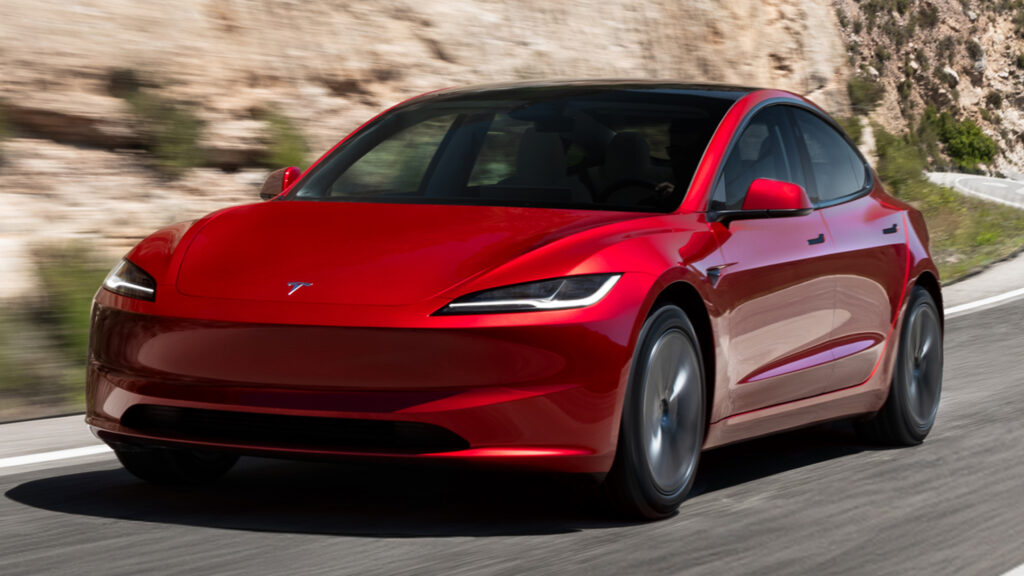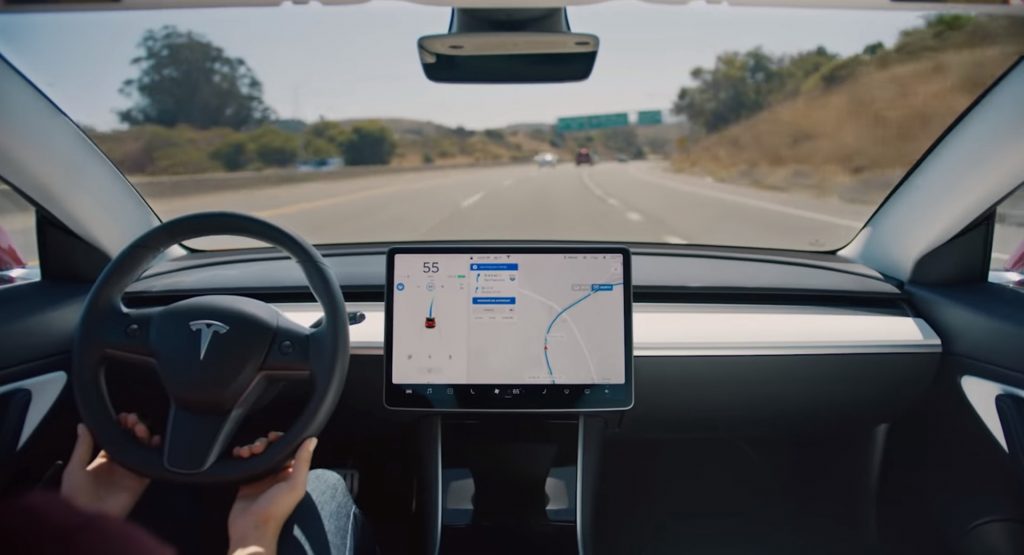
A House committee met this week to discuss possible federal AI legislation, and debated a pending measure to preempt states from enacting their own regulations. (Photo by Jennifer Shutt/States Newsroom)
In one of the first major steps in discussing widespread regulations for artificial intelligence legislation at the federal level, members of the House subcommittee on Commerce, Manufacturing and Trade met Wednesday to discuss the United States’ place in the global AI race.
The hearing took place amid a push from House Republicans to put a stop to state-level AI legislation for the next decade. The measure was advanced last week as a part of the House Energy & Commerce Committee’s budget reconciliation proposal, part of House Republicans “big, beautiful bill” aiming to cut hundreds of billions in government spending, including safety net programs, over the next decade.
“We’re here today to determine how Congress can support the growth of an industry that is key for American competitiveness and jobs without losing the race to write the global AI rule book,” said Florida Rep. Gus Bilirakis, a Republican and chairman of the Innovation, Data, and Commerce subcommittee.
In a two-and-a-half hour hearing, subcommittee members discussed how to keep America’s leadership in AI, the European Union’s landmark AI Act that went into effect last year, the growing patchwork of state laws on AI and the proposed moratorium on those laws.
Support for federal guidelines or regulation around AI technologies received bipartisan support in the last congress, and the Bipartisan House Task Force on Artificial Intelligence released its research and findings in December. But many Republicans who supported these efforts in the past are changing course, arguing that a moratorium on state laws could allow Congress the time to pass a unified, federal set of guidelines.
Rep. Jay Obernolte, a Republican from California, said the more than 1,000 state laws relating to AI that have been introduced this year have created urgency to pull together federal guidelines. The states currently have “creative agency” over AI regulations, he said.
“The states got out ahead of this. They feel a creative ownership over their frameworks, and they’re the ones that are preventing us from doing this now,” Obernolte said. “Which is an object lesson to us here of why we need a moratorium to prevent that from occurring.”
Critics of the moratorium questioned why legislation at the state level would prevent the creation of federal guidelines.
Rep. Kim Schrier, a Democrat from Washington, said that stripping the states’ ability to legislate AI without a federal framework first would be “Republicans’ big gift to big tech.” The moratorium on state AI laws proposes to stop any in-progress legislation and nullify existing legislation.
“This pattern of gifts and giveaways to big tech by the Trump administration, with the cooperation of Republicans in Congress, is hurting American consumers,” she said. “Instead, we should be learning from the work our state and local counterparts are doing now to deliver well-considered, robust legislation, giving American businesses the framework and resources they need to succeed while protecting consumers.”
House members opposing AI legislation often cited a lack of regulations for one of the reasons the United States currently leads the global AI marketplace. The U.S. ranks first, testified Marc Bhargava, director at global venture capital firm General Catalyst, though China follows closely behind in computing power and its AI models.
Sean Heather, senior vice president for international regulatory affairs and antitrust at the Chamber of Commerce, testified that legislation that too closely mirrors the European Union’s AI Act, which went into effect last summer, could bump the U.S. out of its top position. The EU’s AI Act is comprehensive, and puts regulatory responsibility on developers of AI to mitigate risk of harm by the systems. It also requires developers to provide technical documentation and training summaries.
The EU’s AI Act is one of the factors in why Europe is not a stronger player in AI, Bhargava said, but it’s not the only one. The U.S. has a history of investing in science and innovation, being founder-friendly to tech startups, and to immigrant founders, he said. 46% of Top Fortune 500 companies in 2024 were founded by immigrants, as well as 65% of top AI companies. Europe has not pursued these business-friendly policies, Bhargava said.
“The reason we’re ahead today is our startups. We have to think about how to continue to give them that edge, and giving them that edge means giving them guidelines, and not necessarily a framework, or patchwork of state regulations or over regulating,” Bhargava said. “We need to come up with that right balance.”
AI companies in the U.S. currently self-govern, meaning they test their models for some of the societal and cybersecurity risks that many lawmakers would like to see written into law. Most investors also follow their own strategy of due-diligence, Bhargava said. At General Catalyst, they assess data sets and training models as well as the output of the models. They also ask AI companies to identify the potential downstream implications that could come from their models.
Bhargava and a handful of members on the committee said they fear that overly strong regulations, especially ones that put regulatory burden on developers like in the EU, could squash the next great tech startups before they can get their footing.
But a lack of legislation all together puts Americans in a dangerous place, said Rep. Kathy Castor, a Democrat from Florida. She cited concerns about minors’ interactions with unregulated AI, like the case of one 14-year-old from her state who took his life after forming a close relationship with a chatbot, and another 14-year-old who was engaging in sexual conversations with a Meta chatbot.
“What the heck is Congress doing?” Castor said. “What are you doing to take the cops off the beat while states have acted to protect us?”
Amba Kak, co-executive director of the AI Now Institute, which studies the social implications of AI, said she is skeptical of allowing the industry to self-govern or for AI to grow unfettered. She said that during the hearing, members have asserted that existing agencies or general rules will protect Americans from the harms of AI.
“But if that was true, then we wouldn’t see the reckless proliferation of AI applications that are predicated on exploiting children in this way,” she said.
Though Congress is in the early stages of considering a federal framework, Bhargava said states passed their existing AI laws with “the best intentions” in mind.
“People want to protect consumers. They want to create frameworks,” he said. “And partially, it’s because the federal government has not stepped up to have a framework that we’re leaving it to the states to regulate.”
Bhargava “strongly” encouraged the members of the committee to work together on a bipartisan framework, and incorporate the findings of last year’s Bipartisan House Task Force.
“I really think that if we can turn this into policy and enact it on the federal level, rather than leaving it to the states,” Bhargava said. “It would be in the best interests of the startups that we represented.”











































